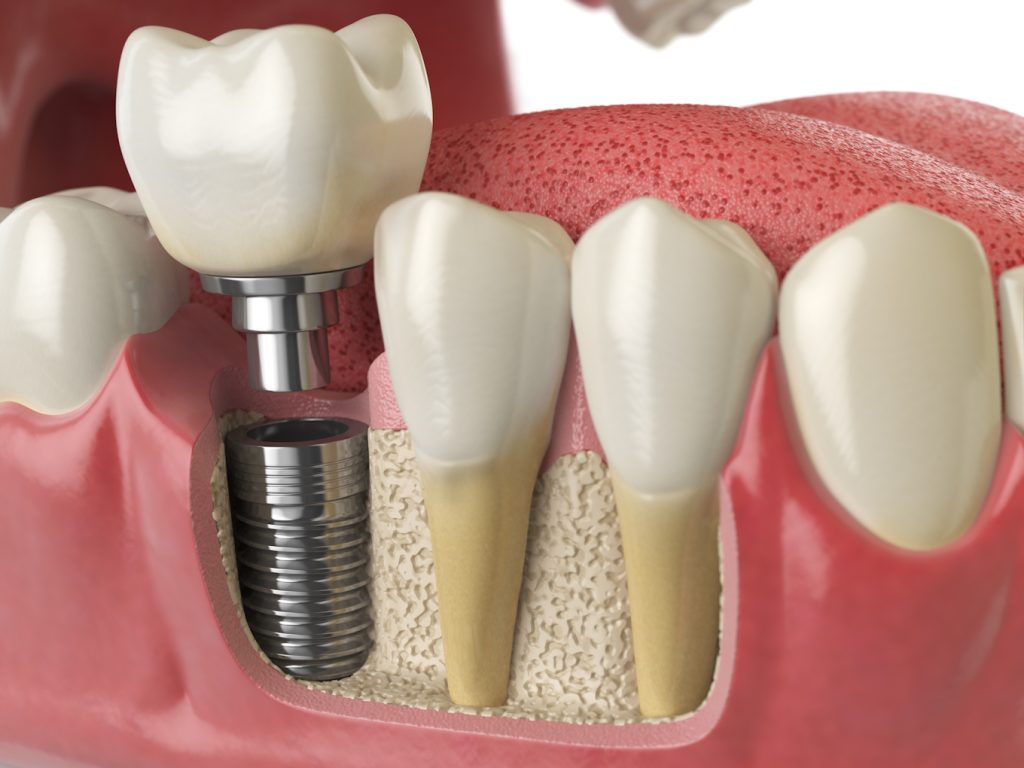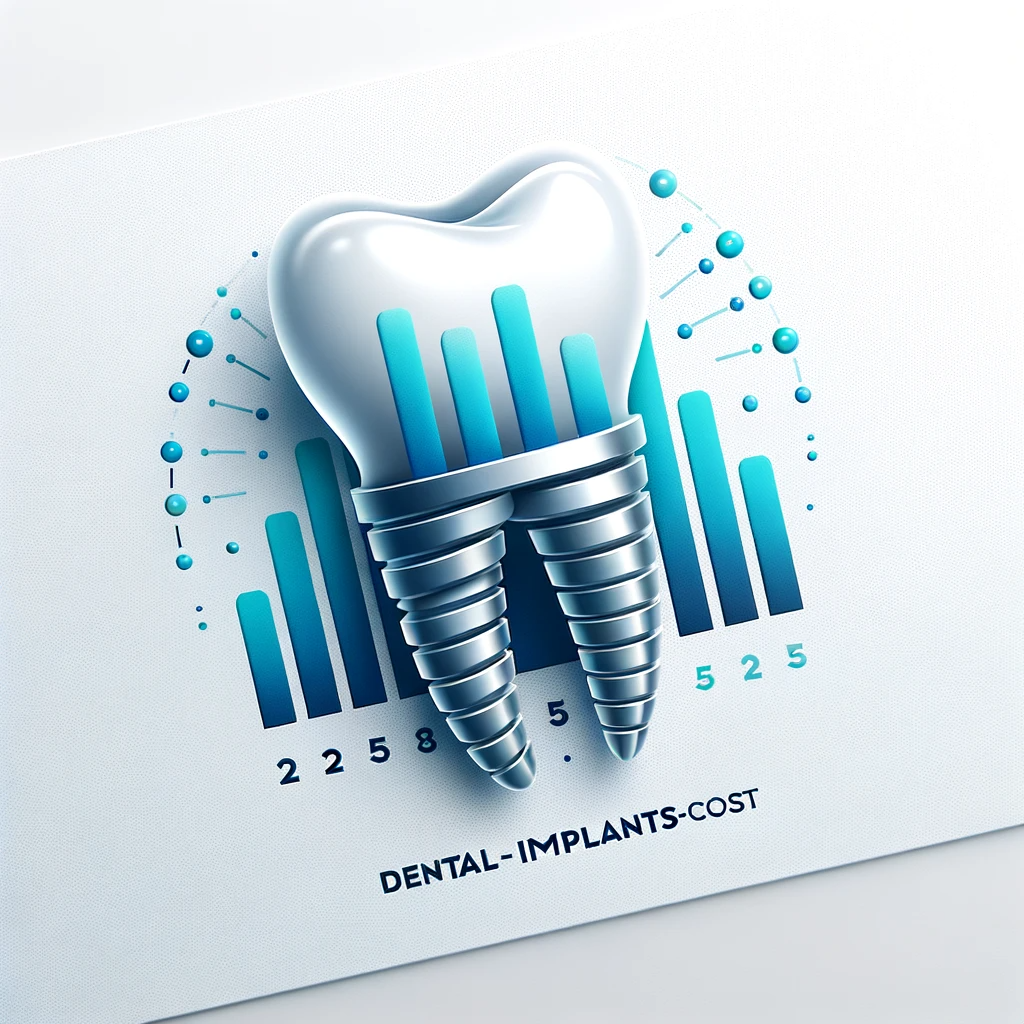Dental Implants: How much cost All on 4 and All on 6.
This article examines the latest academic research and clinical outcomes of the All-on-4 and All-on-6 dental implant protocols.
The focus will be on the positive aspects, advancements, and patient benefits of these popular full-arch rehabilitation solutions.
Dental implantology has experienced significant advancements over the past few decades. The emergence of All-on-4 and All-on-6 protocols has revolutionized full-arch dental restorations, offering patients an alternative to traditional dentures and other prosthetic solutions.
The All-on-4 and All-on-6 techniques involve the placement of four and six implants, respectively, in strategic positions and angles in the jawbone. These implants serve as a foundation for a fixed dental prosthesis that replaces an entire arch of teeth.


Recent academic research suggests that both All-on-4 and All-on-6 offer several advantages:
– Biomechanical Benefits: A study published in the Journal of Prosthetic Dentistry highlighted the biomechanical stability offered by these protocols, reducing bone resorption and ensuring the longevity of the implants.
– Immediate Functionality: A 2021 study in the International Journal of Oral Implantology found that patients receiving these treatments could resume normal function faster than with conventional implants.
Dentists globally have reported several positive aspects of incorporating All-on-4 and All-on-6 into their practices:
– Predictability and Success: Many clinicians note a high success rate, with implants remaining stable and functional for years.
– Patient Satisfaction: The ability to offer patients a fixed solution in a minimal number of appointments enhances patient experience and satisfaction.
– Bone Preservation: Due to the strategic placement of implants, there’s often no need for bone grafts, preserving the patient’s natural bone structure.
While both protocols offer unique advantages, specific differences can guide treatment choice:

– Implant Distribution: All-on-6 offers a broader distribution of implants, potentially providing additional support in cases of significant bone loss.
– Cost: Generally, All-on-4 might be more cost-effective due to fewer implants, but this can vary based on individual needs and geographic location.
The All-on-4 and All-on-6 dental implant protocols have solidified their place in modern dentistry. Academic research combined with positive clinical outcomes highlights their potential to offer patients reliable, long-lasting full-arch rehabilitation solutions. As technology and techniques continue to evolve, the future of these treatments remains promising.
Dental implants have become increasingly popular in recent years, offering patients a permanent solution to missing teeth. The All-on-4 and All-on-6 protocols, in particular, have emerged as leading full-arch rehabilitation procedures. However, the cost remains a significant consideration for many patients. This article will break down the various factors influencing the price and provide an in-depth look into the financial aspects of these treatments.


These act as anchors for the prosthetic teeth. The primary difference is the number of implants: four for All-on-4 and six for All-on-6.
– All-on-4: The cost generally ranges from $15,000 to $24,000 for a single arch. This includes the surgery, all implants, and the prosthetic arch.
– All-on-6: Due to the additional implants, the price tends to be slightly higher, ranging from $18,000 to $30,000 for one arch.
Geographic Variations
The location of the dental clinic plays a significant role in determining the price. Urban centers with a high cost of living, for example, New York City or London, may charge more than rural or suburban areas.
Expertise of the Dentist
Surgeons with extensive experience or specialization in implantology often charge a premium. Their vast experience might result in better outcomes, fewer complications, and a more seamless process.
Quality of Materials
While All-on-4 and All-on-6 implants are designed to last a lifetime, the prosthetics might require replacement or repair due to wear and tear:

– Regular Check-ups: Periodic examinations are crucial to ensure the implants remain in good condition.
– Cleaning: Professional cleanings can prevent potential complications and ensure the longevity of the implants.
While many insurance plans do not cover the full cost of dental implants, they might cover a portion, especially if the procedure is deemed medically necessary. Additionally, many dental offices offer financing plans, allowing patients to pay in installments.
While the cost of All-on-4 and All-on-6 dental implants can seem daunting, the benefits — a permanent solution to tooth loss, enhanced oral functionality, and improved aesthetics — often outweigh the financial considerations. Patients are encouraged to consult with their dentists, discuss all potential costs, and explore financial options to make an informed decision.

